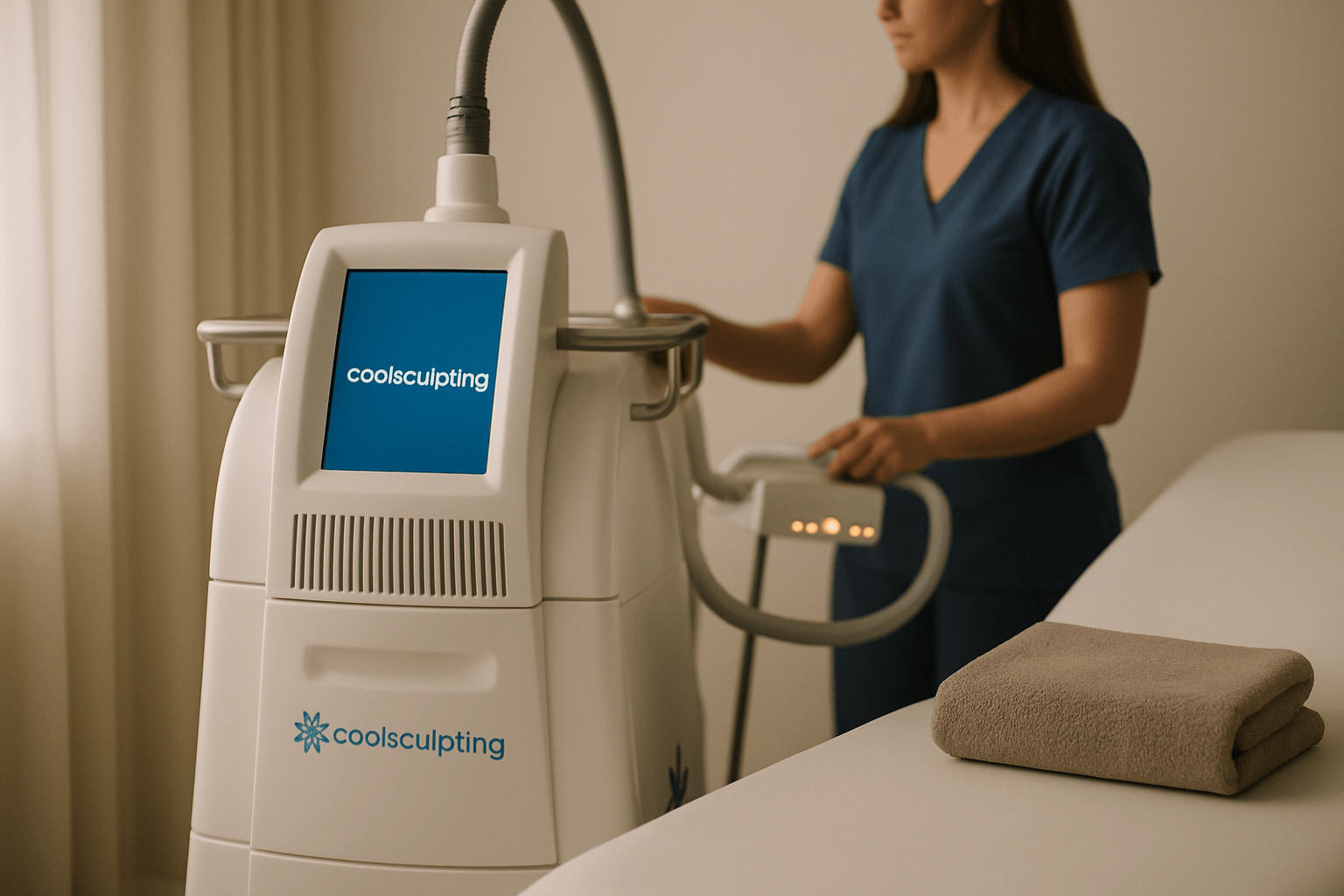You know that glow you see on your favorite beauty influencer? Odds are, they’ve got chemical peels to thank. Whether you’re battling dullness, acne scars, or just want to level up your skin game, chemical peels are one of the most effective treatments out there.
Unlike your drugstore scrub or that pricey serum you’re hoping will work magic, chemical peels offer real, visible transformation. They dive deep—literally—into your skin’s layers to smooth, brighten, and refresh.
Let’s break down the chemical peel benefits that are worth every penny.
TLDR – Quick Guide
- Chemical peels exfoliate deeply to reveal brighter, fresher skin.
- They reduce fine lines, acne scars, and hyperpigmentation.
- Peels stimulate collagen, improving skin texture and firmness.
- You can customize peels for your unique skin needs.
- Downtime varies—some have you glowing in 24 hours, others need a long weekend.
Detailed Breakdown
1. Brightens Dull Skin Instantly
Chemical peels work by removing dead skin cells sitting on the surface. These cells are often responsible for making skin look gray, tired, or just plain blah. A single peel can make your skin look fresher, clearer, and more radiant—no filter needed.
2. Reduces Fine Lines and Wrinkles
If anti-aging is on your radar (or all over your Pinterest board), peels are a must. They trigger skin regeneration and boost collagen production, helping to plump up fine lines and soften wrinkles. Over time, you’ll notice smoother, firmer skin—yes, even around those laugh lines.
3. Fades Acne Scars and Blemishes
Forget endlessly layering concealer—chemical peels help even out post-acne discoloration and smooth bumpy texture caused by old breakouts. Medium and deep peels especially can fade years-old scars and even improve active acne with the right formula.
4. Improves Skin Texture and Tone
Whether you’re dealing with rough patches or uneven tone, a peel can help reset your skin. It removes the buildup that clogs pores and dulls complexion. The result? Silky, balanced, glow-up-worthy skin that feels as good as it looks.
5. Customizable for Every Skin Type
The beauty of chemical peels is how tailored they can be. Light peels like glycolic or lactic acid work great for beginners and sensitive skin, while stronger options like TCA or phenol address deep wrinkles and scarring. You and your dermatologist can pick what’s best based on your goals and skin type.
Key Takeaways
- Chemical peels offer visible, fast-acting skin improvements.
- They address multiple skin concerns—aging, scarring, dullness.
- They’re adaptable for all skin tones and sensitivities.
- Consistent treatments amplify long-term glow and texture.
- Results can range from subtle glow-ups to dramatic makeovers.
FAQs
1. How often should I get a chemical peel?
It depends on the type of peel and your skin concerns. Light peels can be done every 4–6 weeks, while deeper peels may only be needed once or twice a year.
2. Do chemical peels hurt?
Most people describe it as a tingling or stinging sensation. Stronger peels may cause temporary discomfort, but your provider will prep your skin and guide you through aftercare to minimize irritation.
3. Are chemical peels safe for darker skin tones?
Yes, but it’s important to choose the right type. Superficial peels are safest for darker skin, as deeper peels can increase the risk of pigmentation issues if not done correctly.
4. Can I wear makeup after a peel?
After light peels, makeup is usually okay after 24 hours. For deeper peels, you might need to wait several days until the peeling subsides to avoid irritation or infection.
5. What should I avoid before and after a chemical peel?
Avoid retinoids, waxing, or exfoliating products at least 48 hours before and after the procedure. Always follow your provider’s guidelines and wear SPF religiously—your skin will be extra sensitive.







